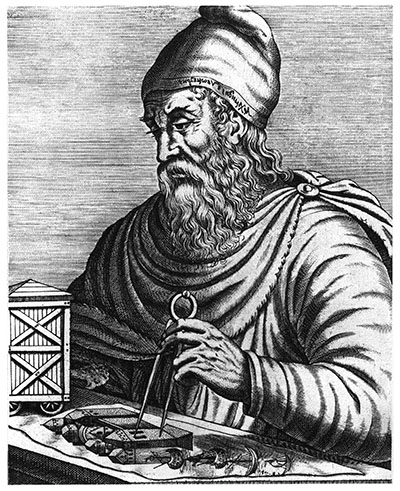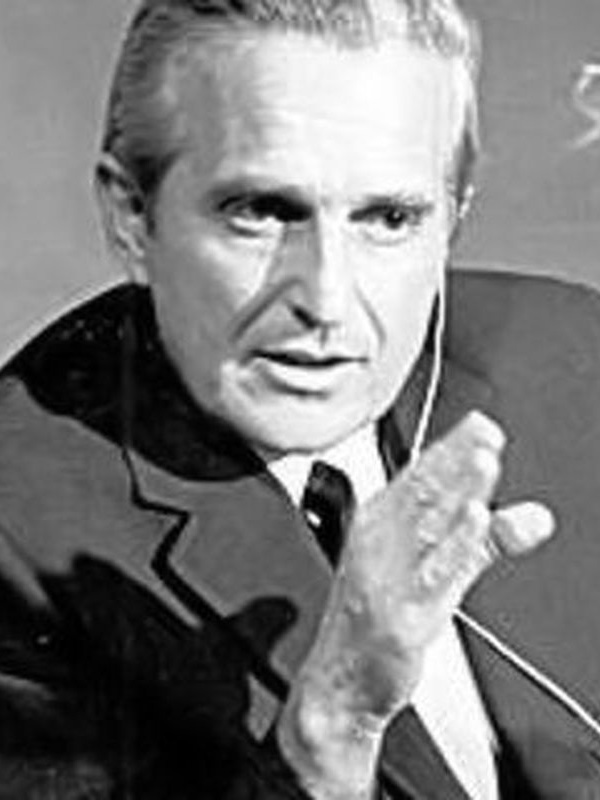N-keywords
Contents
Federation through Keywords
Ulrich Beck remarked in The Risk Society and Beyond, at the turn of the millennium: “I cannot understand how anyone can make use of the frameworks of reference developed in the eighteenth and nineteenth century in order to understand the transformation into the post-traditional cosmopolitan world we live in today.” Imagine us in “the risk society”—the society impregnated with existential risks we don’t know how to handle; because the still traditional ways we think and speak prevent us from comprehending the post-traditional condition we are in. Imagine us driving into the future while looking at the rearview mirror, as Marshall McLuhan saw us—and you’ll easily understand why we must create new ways to see, think and speak.
Keywords are custom-defined words. They enable us to think and speak in new ways. By creating keywords we can give old words such as “information” and “culture” a distinct function and a new life; keyword creation is a means to linguistic and institutional recycling.
When adopted from the terminology of an academic field, cultural tradition or frontier thinker, keywords enable us to account for what’s been seen, experienced or comprehended; to ‘stand on the shoulders of giants’ and see further; to see things in new ways and see them whole.
Paradigm
I use the word paradigm informally—to point to a general societal and cultural order of things; where everything depends on everything else; and also more formally as Thomas Kuhn did—to point to a (1) different way to conceive of a certain domain of interest, which (2) resolves the reported anomalies and (3) opens up a new frontier for research and development.
Holotopia is a paradigm; and so is transdisciplinarity, as modeled by knowledge federation.

The Liberation book begins with the iconic image of Galilei in house arrest whispering "And yet it moves!"; and develops an analogy—between that historical moment when a sweeping paradigm shift was about to happen (from the Middle Ages and tradition, to the Enlightenment and Modernity) and our own time; where the paradigm is again ready to shift; because the reported anomalies demand that it does; and because we already own the information that comprehensive change requires.
It remains to 'connect the dots'.
Logos
(René Descartes, Meditations on First Philosophy , 1641)
TEXT
Design epistemology
</div>
(Attributed to Archimedes)
KEY is to RECREATE logos; the way we use MIND; by applying THE axiom—and FEDERATING a 'user manual'; THAT's EPISTEMOLOGY.
Practical way to do it is to use TRUTH by CONVENTION
And turn insights into conventions.
Here I'll share two: Constructivism and phenomenology. Combined together: We CONSTRUCT consciously; phenomenology means that ALL human experience is valid data; not only lab experience. AND that we can combine ALL forms of experience into high-level CONSTRUCTIONS.
Step Two is to correct the way we use the mind; to rebuild the foundation. And use it as Archimedean point. How? I gave you my answer when I talked about our only axiom: Instead of assuming that we already "know"—we federate a way to use the mind; we federate logos; and use it to create a foundation on which truth and knowledge are to be erected.
Design epistemology takes the constructivist credo a step further—instead of stating it as fact about reality—state it as a convention.
Prescriptions to use the mind, and the foundation for knowledge etc.— are no longer thought out—but federated; to reflect the state of the art in science and philosopyy.
Restores rigor because (1) convention and (2) federated! And it continues to evolve!
Design epistemology empowers us to build a flexible and evolving way to knowledge; and instead of 'inheriting the candles'—create socio-technical 'lightbulbs' and continue to recreate them. And (instead of adhering to inherited ways and institutional formats—be creative in the very ways in which we practice our profession. And evolve knowledge and culture at the same rate as technology has been evolving; and make us capable—culturally and ethically—to use the technology safely, and to our and our planet's true benefit—or wholeness.
Design epistemology is the third and bottom-level of holotopia's five insights. It's the root from which it all springs up.
Polyscopic methodology
(Abraham Maslow, Psychology of Science, 1966)
Step Two is to create a way to knowledge—i.e. a methodology; by applying logos to method. Function of "scientific method"—works in general. Prototype: polyscopic methodology as general-purpose "scientific method".
Ability to exercise the key powerful function of academia—tell us the people what should information be like (I use this keyword to denote both the physical artifacts and the way how they are created and used). The ability to shift paradigms is in the hands of publicly sponsored intellectuals (not Donald Trump, not Wall Street bankers)!
In this way responded to Abraham Maslow's general complaint—same as above. And also to his basic direction.
Maslow writes: "I discovered [...] that many scientists disdain what they cannot cope with, what they cannot do well. I remember counterattacking in my irritation with an aphorism I coined for the occasion: 'What isn't worth doing, isn't worth doing well.' Now I think I could add: 'What needs doing, is worth doing even though not very well.'"
Polyscopic methodology reverses this anomaly. It is general-purpose; it empowers us to choose subjects based on relevance; and create information as well as we are able.
Polyscopic methodology is the fourth of holotopia's five insights.
Convenience paradox
(Aurelio Peccei, One Hundred Pages for the Future, 1981)
The fifth insight. Holotopia is the joining line.
How to put together core insights and correct ethics. AND to create a system.
Implemented as a way to federate Buddhadasa—Thailand's holy man and Buddhism reformer; who modernized it completely. By turning it into an experimental / verifiable fact.
In book appears in two chapters—five and six; completing the view of inner wholeness and starting the view of outer or systemic or societal wholeness.
Ch5 is a reversal of "purs of happiness"; by showing that paticcasamuppada is really .
Ch6 is sum of religions.
For dialog: We got it all wrong! WRONG THINKING—causal, conditioned... And way to correct it—through myth, arts, metaphors, or in a word—> culture!
Traditions used metaphors, rituals etc. to put core memes into culture. We eliminated them by wrong epistemology! There's no turning back—the way out is to CONTINUE the evolution; and create a way to knowledge that houses ALL themes—not the least the pursuit of happiness; so it's no longer
Knowledge federation
(Doug Engelbart, "Title*, Byte, 1995)
Emanating on the right, the pillar number 2: is to create process and system for information. Putting things together.
That's what knowledge federation is! Process!
Curiosity: New knowledge media have been created for that purpose! By Doug Engelbart and his SRI team. Core of his vision is collective mind revolution. Different division of labor. Exactly what knowledge federation requires.
Knowledge federation is the second of holotopia's five insights.
Systemic innovation
(Erich Jantsch, Loooong title, MIT Report,1969)
Finally—"the solution to world problems"; what is it? What's the ability we need?
See the systems in which we live and work as gigantic machines; comprising people and technology; DECIDE what the effects of our work will be. HUGE benefits. MUST rebuild them—now turn efforts into problems.
Paradigm, like science—see systems whole.
Jantsch: evolutionary vision. Ilya Prigogine at Berkeley 1972; Five years later got the Nobel Prize for this work. Point is—NOT stability (in classical cybernetics AND in politics and economics); how to keep systems stable. Point is—to make them pliable. Able to change.
That's what we did as knowledge federation—create a prototype and organize a transdiscipline around it. To update it continuously. Restore the severed tie between information and action. Empower systemic change. losely related: We are evolution. Part of it. Use new IT as building material—to ENABLE new ("collectively intelligent" or informed) human systems to emerge; including "democracy" or society.
Systemic innovation is the first of holotopia's five insights.
Power structure
(Zygmunt Bauman Don't know where, 1998?)
See it all as power issue
See politics and power in new—holotopian way; not as "us against them"—but as all of us against power structure!
KEY insight: It's nobody's interest! Never was. But now it's pathetically, HUGELY obvious; success defined by power structure. New way empowerment.
The fifth insight. Holotopia is the joining line.
Point is to see power and politics differently.
POINT IS to see it no longer as "us against them"—but ALL OF US against power structure.
Dialog
(David Bohm, Problem and Paradox, online article,?)
DIALOG is DIA LOGOS through logos.
Re-creating the first step. Same as beginning of academia. Back to basics! But now in a NEW way. Cultural revival begins with correcting an error. And as academic revival.
We exercise THE power we have, as university—to tell people how to use their minds. We made an error. We correct it.
Evolution continues. Power to the people is restored.








